UAT: Key Differences and Best Practices between Agile and Waterfall
User Acceptance Testing (UAT) is essential for making sure that Dynamics 365 projects are successful. Depending on whether the project uses Agile or Waterfall approaches, the approach to UAT can vary greatly. We will examine the distinctions between UAT in Agile and Waterfall in this blog article, as well as highlight the crucial factors to take into account when organizing and carrying out the best UAT sessions.
UAT is a continuous procedure that occurs throughout the project in agile approaches. Users can test new features and give feedback after each release since features are released incrementally as they are created. This ongoing feedback loop makes it possible to quickly handle any problems or changes in requirements, which results in a more responsive and adaptable development process. UAT sessions may be shorter and more frequent in an agile setting, with users actively participating in testing and offering feedback as the project moves along.
A sequential approach is used by Waterfall techniques, which have separate phases for requirements gathering, design, development, and testing. After the system has been fully implemented and at the end of the development lifecycle, UAT normally takes place in a Waterfall project. In contrast to Agile, where UAT is a continuous process, Waterfall UAT sessions typically focus on a more thorough system verification against predetermined acceptance criteria. The main responsibility of users is to confirm that the finished product fits their needs and expectations.
The project’s nature also affects the UAT strategy. Both Agile and Waterfall UAT for enhancement projects on existing systems may require testing new functionality or changes in isolation to make sure they do not impair the stability of the existing system. Net new projects, on the other hand, where a system is developed from scratch, need a more thorough UAT procedure. This guarantees that the new system satisfies user needs and successfully replaces the old one.
UAT should not be the first time a system is tested, regardless of the approach. There are preliminary testing phases in both Agile and Waterfall, such as unit testing, where the development team confirms the system’s fundamental correctness and functioning before delivering it to users for acceptance testing. This lowers the likelihood of significant issues during UAT by identifying and resolving problems early in the development lifecycle.
In conclusion, User Acceptance Testing (UAT) is a crucial component of both Agile and Waterfall techniques, although their methods and schedules are different. Waterfall UAT is more thorough and occurs toward the conclusion of the project, whereas Agile UAT is ongoing, iterative, and frequently involves user involvement. Planning and carrying out the most efficient UAT sessions requires a thorough understanding of the project’s approach and its unique requirements. Customizing the UAT process to the project’s demands can guarantee successful user acceptance and produce high-quality software solutions.
Check out our podcast episodes on similar topics to learn more!
